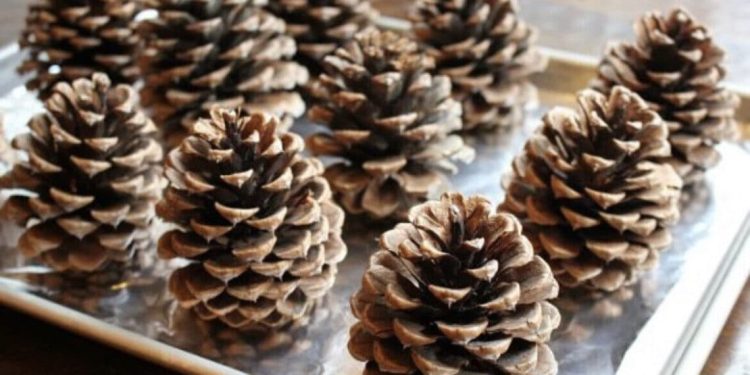When you think of pine cones, you might picture fall crafts, holiday decorations, or forest walks. But did you know that pine cones are a hidden treasure for gardeners?
These rustic natural elements offer much more than seasonal beauty—they are incredibly useful for improving your garden’s health, structure, and sustainability.
In this guide, we’ll explore why gardeners should collect pine cones, how to use them creatively and practically, and the surprising benefits they bring to your soil, plants, and landscape.
Whether you’re a backyard grower, flower enthusiast, or serious homesteader, pine cones can become one of your garden’s most valuable free resources.
What Are Pine Cones?
Pine cones are the seed-bearing structures produced by pine trees (genus Pinus). They come in a variety of shapes and sizes depending on the tree species but generally have a hard, woody outer shell designed to protect the seeds inside.
There are two types:
Female cones: Larger, woody cones that contain seeds.
Male cones: Smaller, softer cones that produce pollen.
While male cones disintegrate quickly, female cones remain intact for years—making them perfect for various gardening and landscaping uses.
8 Brilliant Reasons Why Gardeners Should Collect Pine Cones
1. Excellent Mulch Material
Pine cones make fantastic natural mulch around trees, shrubs, and garden beds.
They help:
Retain moisture in the soil by reducing evaporation.
Suppress weed growth by blocking sunlight.
Regulate soil temperature by insulating roots during temperature swings.
Unlike finer mulches that can compact and suffocate roots, pine cones allow for excellent airflow—keeping soil breathable and healthier.
Best use: Scatter whole pine cones or break them into smaller pieces around plants that prefer well-aerated, slightly acidic soil like azaleas, rhododendrons, and blueberries.
2. Soil Amendment for Drainage
Garden beds that suffer from heavy, compacted, or clay soils can benefit from improved drainage with pine cones.
Mixing pine cones into the bottom layer of raised beds or container gardens creates natural air pockets, allowing excess water to drain away and preventing root rot.
Tip: Layer pine cones about 3–5 inches deep at the bottom of large planters or garden beds before adding your soil mix.
3. Perfect for Compost Aeration
Good compost needs the right balance of “greens” (nitrogen-rich materials) and “browns” (carbon-rich materials). Pine cones are a long-lasting source of carbon, helping to balance your compost pile.
Additionally, their structure prevents the compost from becoming too compacted, promoting better airflow and faster decomposition.
How to use:
Break pine cones into smaller pieces before adding them to your compost pile.
Layer them between wetter green materials (like grass clippings and kitchen scraps) to improve aeration.
4. Natural Pest Deterrent
Pine cones, especially when placed around the base of vulnerable plants, can help deter certain pests.
Their tough, spiky texture makes it harder for crawling insects and digging animals like squirrels or cats to disturb the soil or seedlings.
Best areas for pine cone barriers:
see continuation on next page
